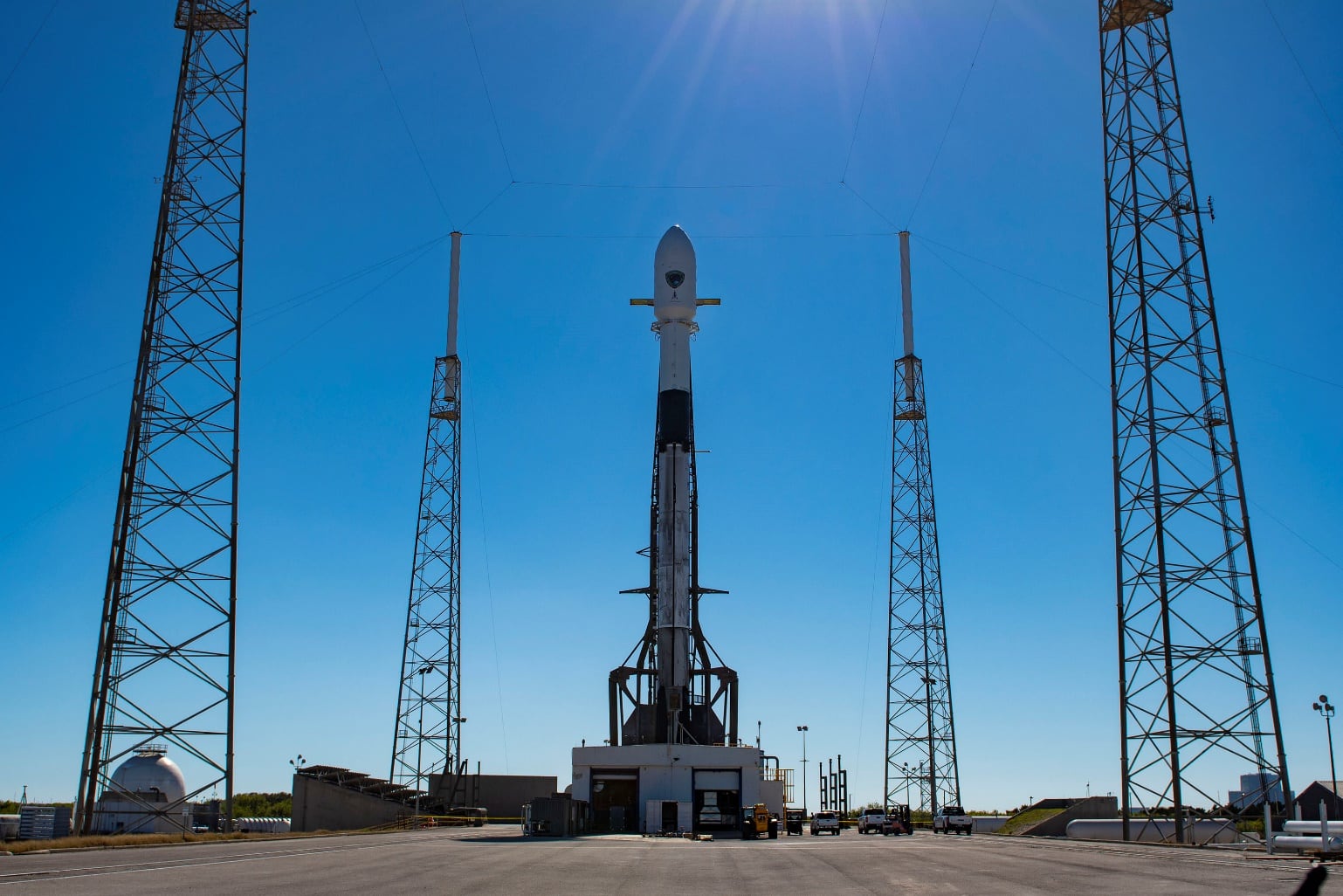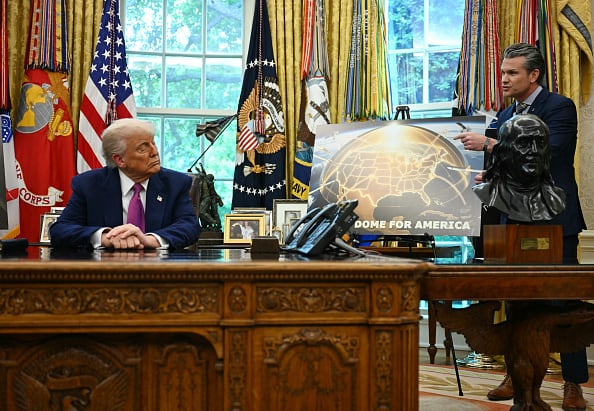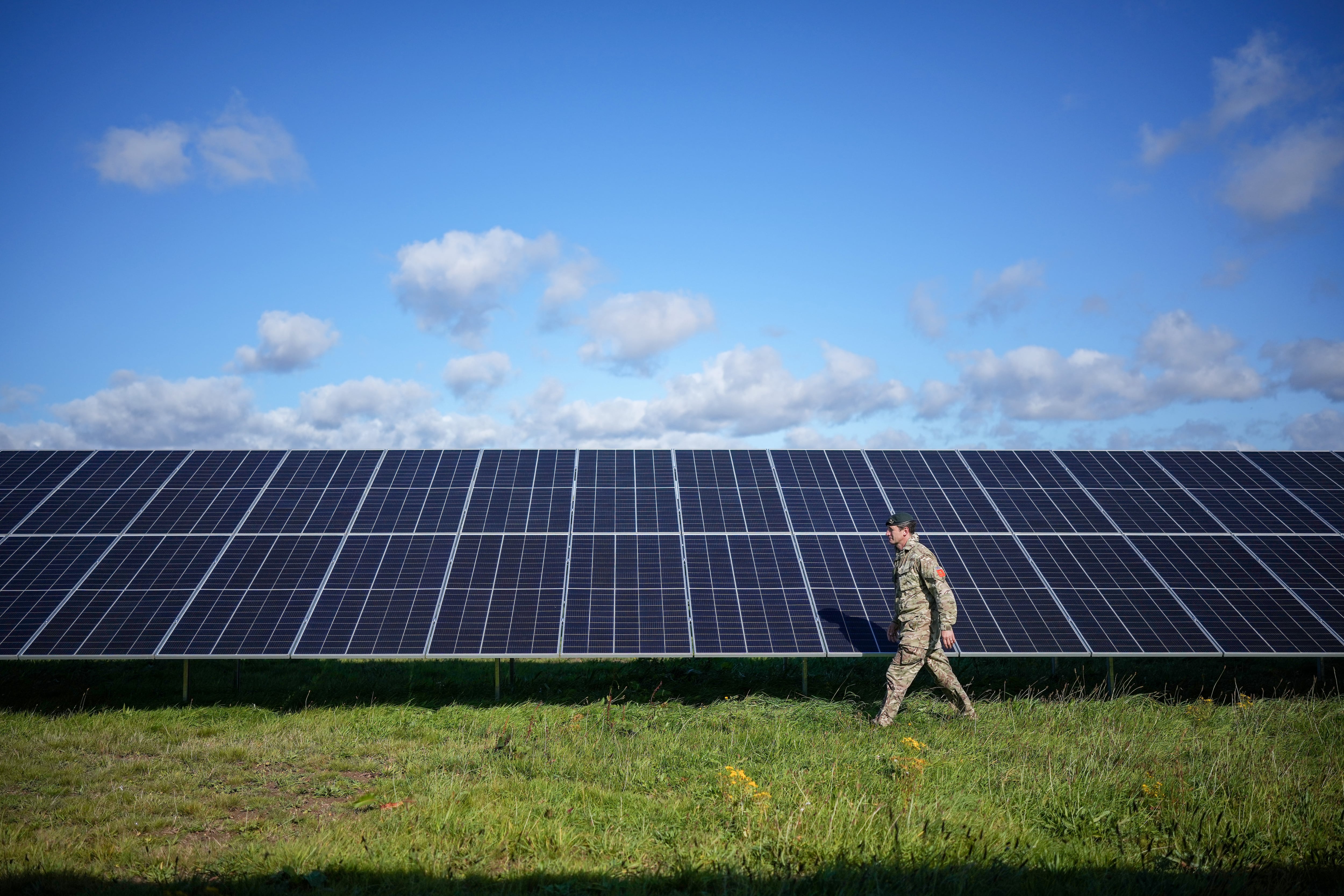The intelligence community has unveiled its multi-pronged plan to compete in the increasingly digital and data-centric world.
The strategy, titled “Augmenting Intelligence using Machines (AIM)” and released Jan. 16, outlines how the intelligence community will adjust its investments, personnel and practices to better incorporate associated technologies
“To meet its vision of ensuring intelligence advantage, the IC must adapt to the rapid global technological democratization in sensing, communications, computing, and machine analysis of data,” Sue Gordon, principal deputy director of national intelligence, said in the document. “These trends threaten to erode what were previously unique [IC] capabilities and advantages; going forward, we must improve our ability to analyze and draw conclusions from IC-wide data collections at scale.”
During remarks at an August 2018 conference, Gordon said she wants the strategy to help focus on what the IC is trying to achieve rather than the technologies that they use. She described the need for getting machines as partners to help derive intelligence as one of the two most existential threats facing the community.
The strategy lists four primary investment objectives ranked chronologically. They include:
- Immediate and ongoing needs: Creating digital foundations, data and science and technical intelligence.
- Short-term needs: Adopting commercial and open source narrow AI solutions, which are AI solutions that are designed with very specific tasks and functions.
- Medium-term needs: Make investments in the gaps such as AI assurance and multimodal AI.
- Long-term needs: Make investments in basic research focused on sense-making.
The strategy notes that the “IC must be willing to rethink or abandon processes and mechanisms designed for an earlier era, establish disciplined engineering and operations practices, and maintain an absolute focus on assuring advantage in an intensely competitive global adversarial environment.”
However, it also warns that artificial intelligence and associated technologies are not a panacea or a substitute for creating a digital foundation. Instead, the intelligence community must understand how AI algorithms may succeed and fail.
The strategy also aims to bring together disparate efforts in artificial intelligence, process automation, and IC officer augmentation as a way to match investments in AI and data from other countries. One example includes the use of such technologies to create forgeries of audio and video, often referred to as deepfakes, which could lead to difficulties in deciphering fact from fiction.
Gordon said in August that the National Geospatial-Intelligence Agency is using AI to automate image processing and the National Reconnaissance Office is using artificial intelligence tools to automate analysis of streaming multi-intelligence data for detecting activity and automating tasks of scarce and expensive collection resources.
The strategy also focuses on the workforce. It notes that it is much more than technology and implementing the strategy will entail addressing workforce challenges and understanding and shaping the policies and authorities governing how the IC deploys and uses AI.
Mark Pomerleau is a reporter for C4ISRNET, covering information warfare and cyberspace.








